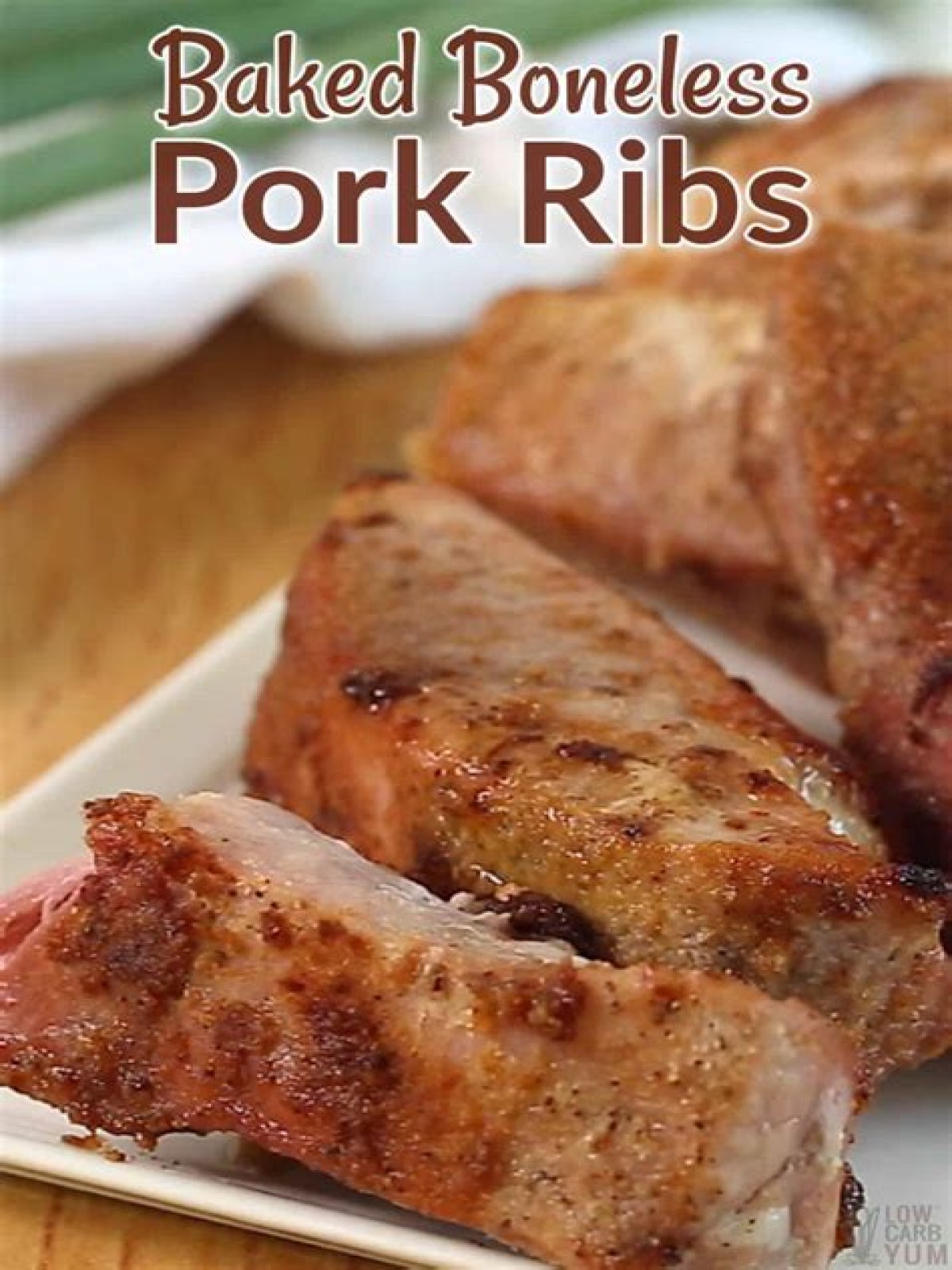- How do you cook pork ribs without drying them out?
- Is it better to boil ribs before cooking?
- Do pork ribs have a membrane?
- Are BBQ ribs pork?
- What temp do I cook ribs on?
- How do you make ribs more tender?
- Do you bake ribs meat side up or down?
- How do you tenderize country style pork ribs?
- Can you overcook ribs in oven?
- How long should you boil ribs before putting them on the grill?
- Do butchers remove membrane from ribs?
- Do Costco pork loin ribs have membrane?
- How do you remove the membrane from pork spare ribs?
How do you cook pork ribs without drying them out?
He suggests following these steps to keep the meat from drying out: Preheat your oven to 250˚F. If you cooked your ribs in a sauce, add another layer of sauce to keep the meat moist or add a little liquid, like coke, broth or beer. Place the ribs in a pan and cover with foil.
Is it better to boil ribs before cooking?
Ribs should be cooked slowly to obtain the optimum tenderness. Often ribs are boiled or oven-steamed before grilling to help tenderize the meat. To oven- steam ribs, place ribs in a large baking pan, fill with about 1 inch of water, cover with aluminum foil and bake for about 50 minutes in a 350-degree oven.
Do pork ribs have a membrane?
The membrane (called the peritoneum) is a piece of tissue that is attached to the underside of pork ribs. The peritoneum is thicker near the backbone, so it’s more important to remove it from back ribs, which come from high up on the back, than spare ribs, which come from the belly area.
Are BBQ ribs pork?
In American cuisine, ribs usually refers to barbecue pork ribs, or sometimes beef ribs, which are served with various barbecue sauces. They are served as a rack of meat which diners customarily tear apart by hand, then eat the meat from the bone.
What temp do I cook ribs on?
According to USDA, ribs are “done” when they are 145°F internal temp, but they may still be tough. If you take them up to 190 to 203 °F, the collagens and fats melt at this temp and make the meat more tender and juicy. Then they’re ready!
How do you make ribs more tender?
For example, ribs cooked for four hours at 225 degrees Fahrenheit will be more tender and juicy than those cooked for two hours at 300 degrees Fahrenheit. This is a matter of personal preference but if you want super- tender, juicy ribs, you might consider lowering the temperature and cooking them for a longer time.
Do you bake ribs meat side up or down?
Cook your Ribs in the Oven bone side up ( meat side down ). This will give you the best result for tender and juicy rib meat.
How do you tenderize country style pork ribs?
Place the ribs on a foil-lined baking sheet. Sprinkle the seasoning salt all over the ribs. Add the water and apple cider vinegar to the bottom of the baking sheet and cover the baking sheet with tin foil. Cook the ribs until fork tender.
Can you overcook ribs in oven?
Can you overcook ribs? Yes, it’s possible to end up with overcooked ribs. As you ‘ll learn from our chosen techniques, the meat should separate from the bone easily when light pressure is applied. However, if the meat is literally falling off the bone, it’s likely been cooked for too long.
How long should you boil ribs before putting them on the grill?
Boil until the ribs are slightly soft but not falling apart, about 25 minutes. Prepare a grill for high heat. Transfer the ribs to the grill, meatier-side down. Grill for 10 minutes; brush with glaze if you like and then grill another 3 minutes.
Do butchers remove membrane from ribs?
Do You Have to Remove the Membrane on Ribs? Yes, it needs to be removed as it’s ropy, tough and it’s really not tasty to try to chew it when the ribs are finished. Also, membrane doesn’t let the smoke penetrate into the meat and create its famous smoky taste and flavor.
Do Costco pork loin ribs have membrane?
Confirmed on no membrane on Costco ribs – makes them all the better!
How do you remove the membrane from pork spare ribs?
Removing the Membrane from Baby Back Ribs At one end of the rack, slide a dinner knife under the membrane and over a bone. Lift and loosen the membrane until it tears. Grab the edge of the membrane with a paper towel and pull it off. The membrane may come off in one whole piece, or you may need to remove it in smaller pieces.
